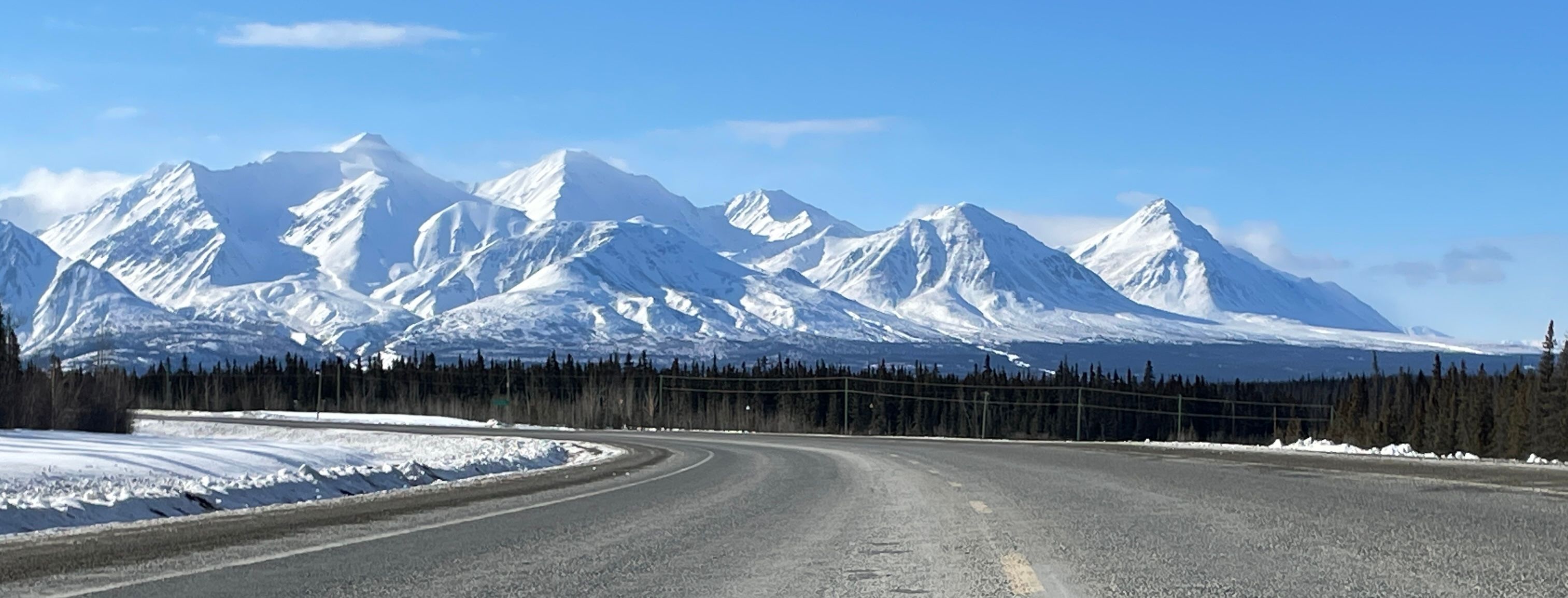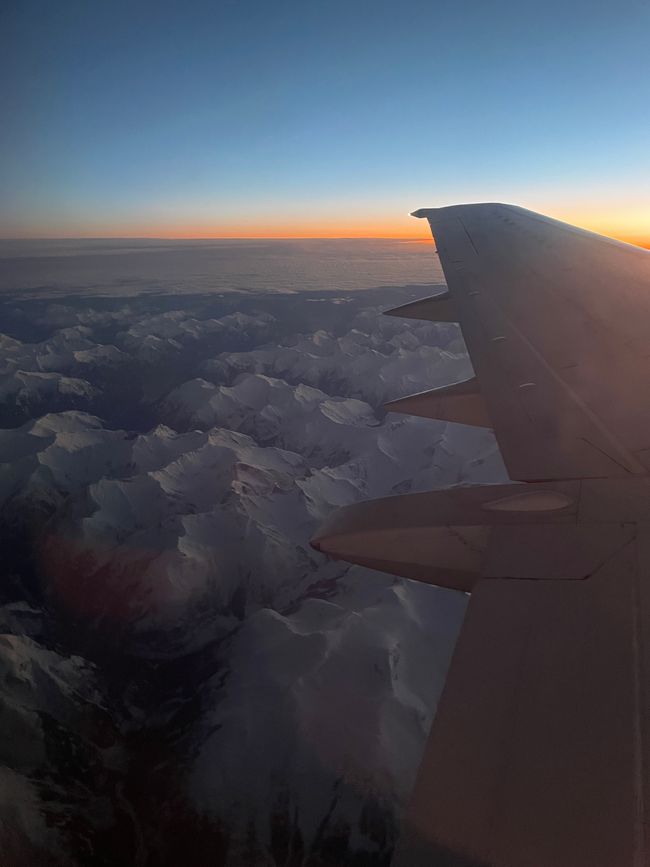27.-31.07. - Quito, Ecuador
ප්රකාශිතයි: 01.08.2023
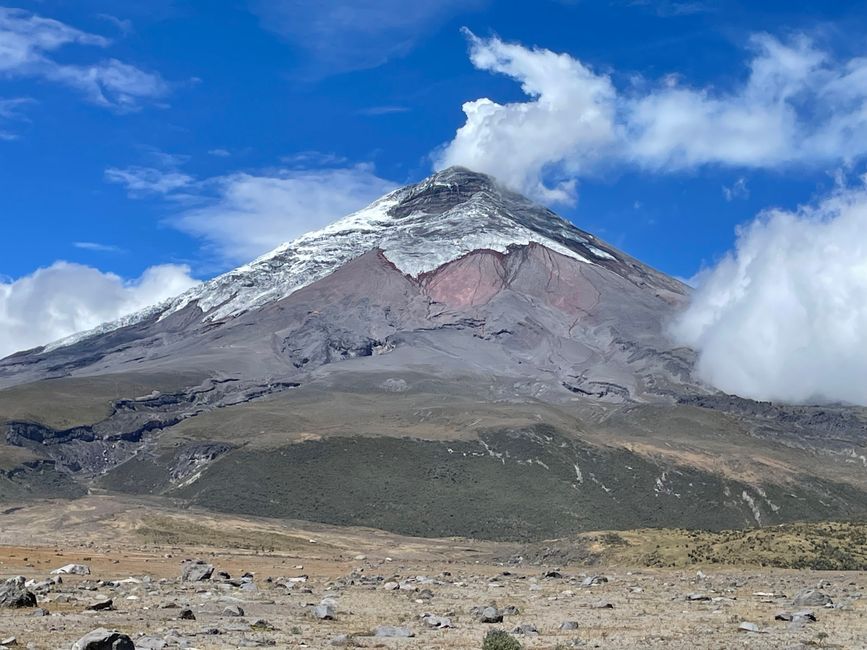
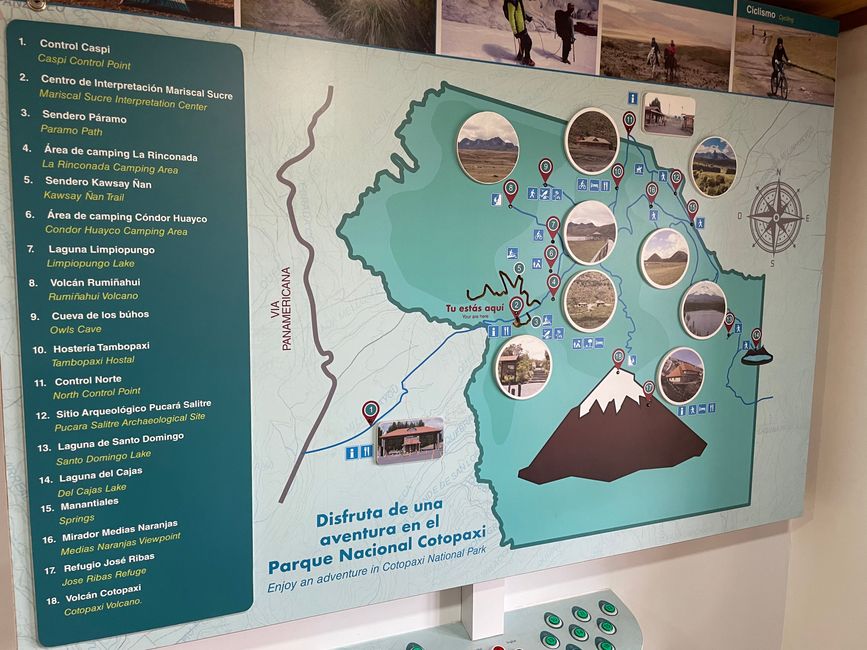
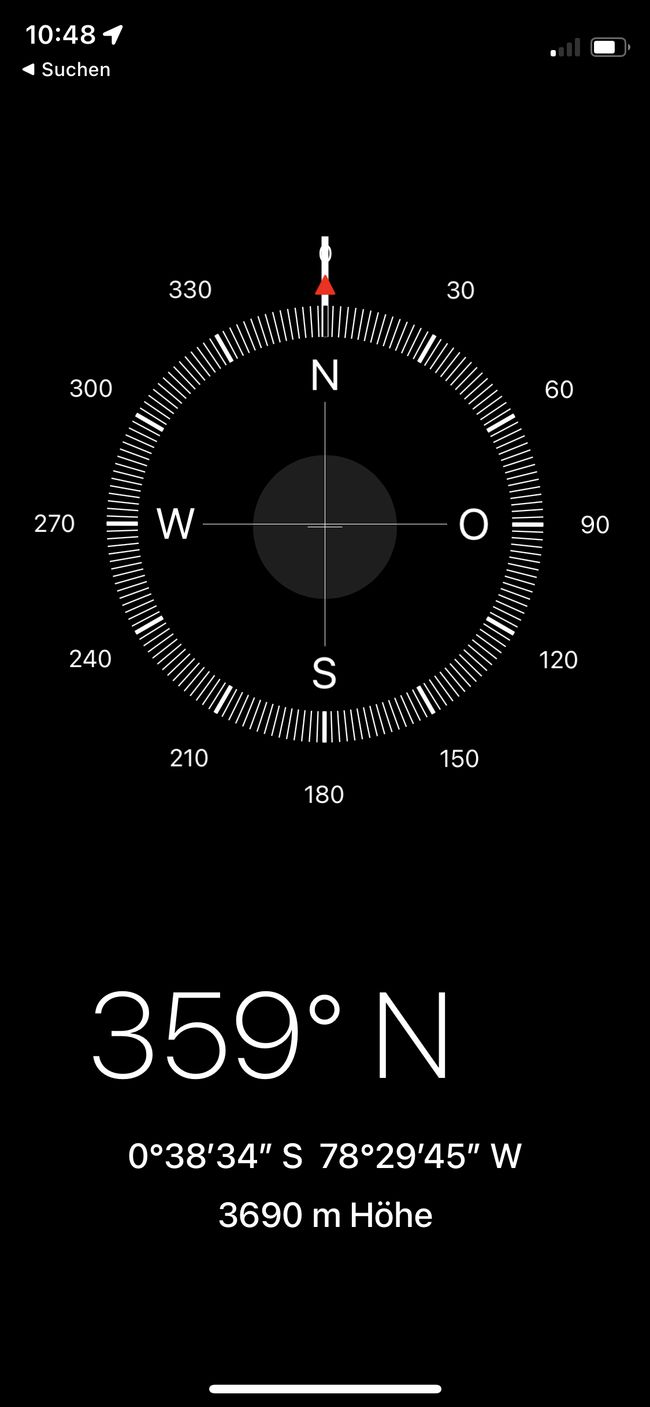
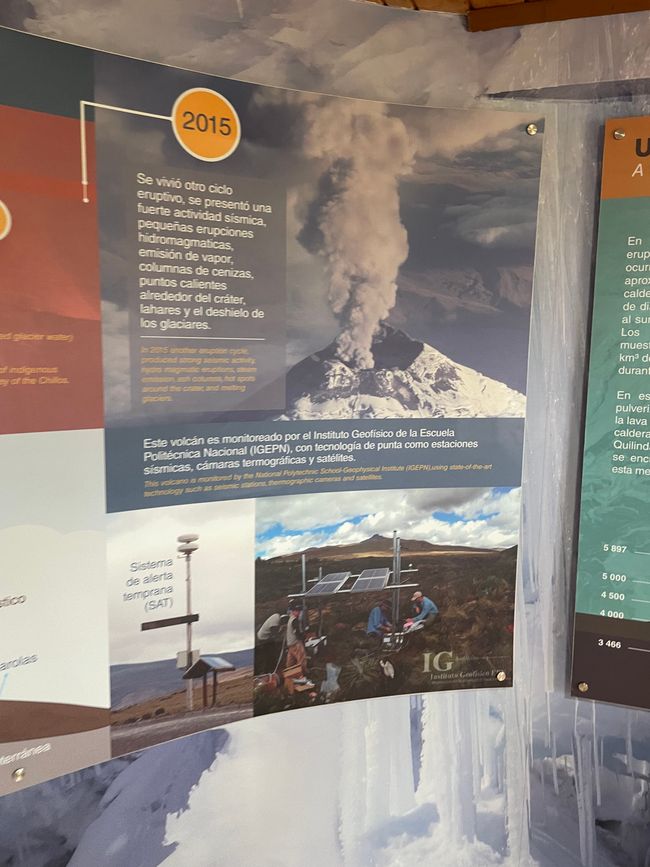
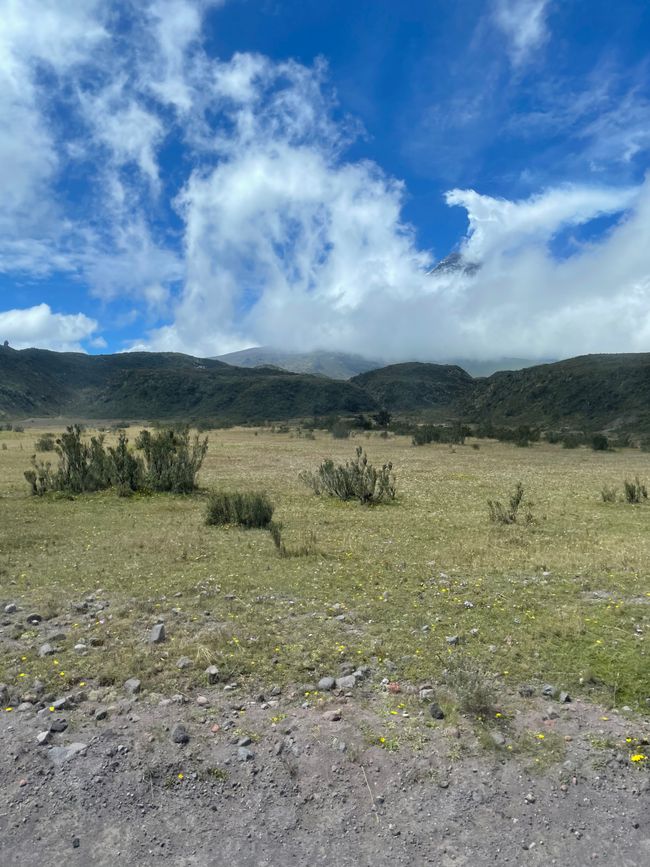
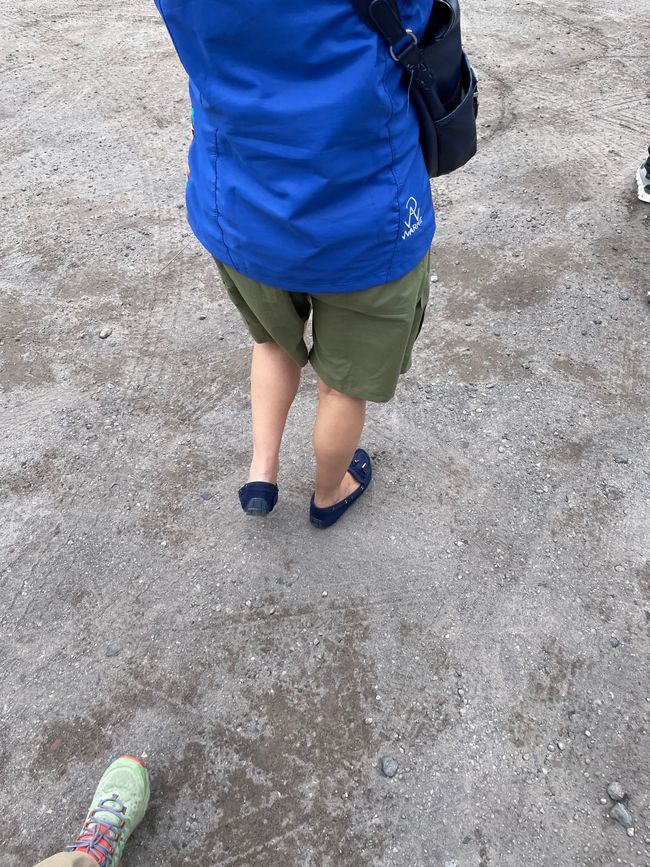
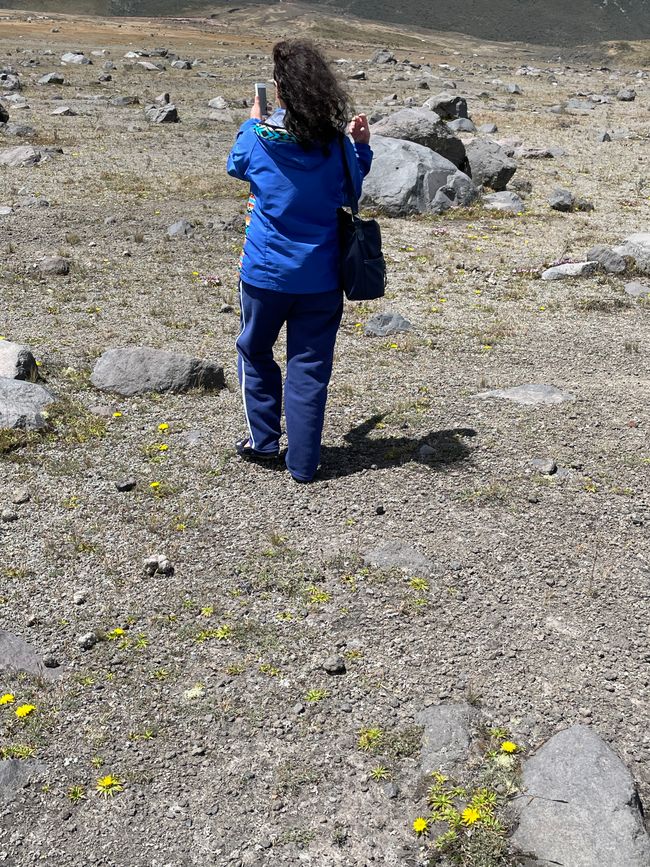
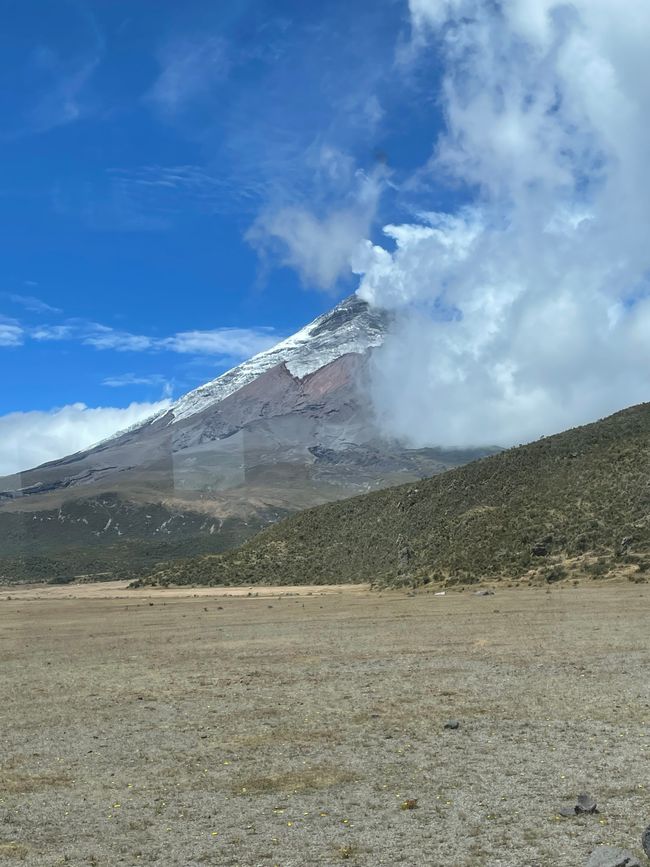
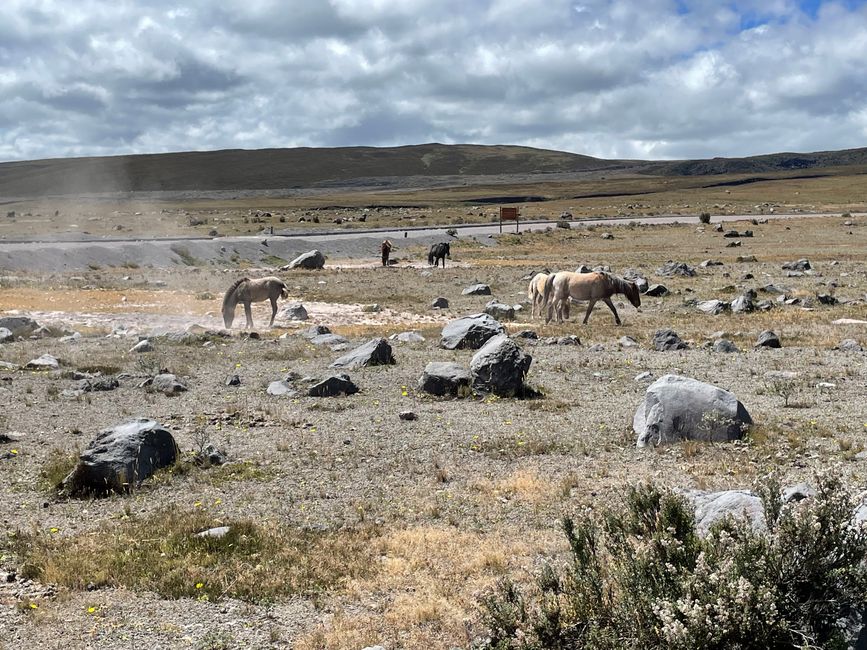
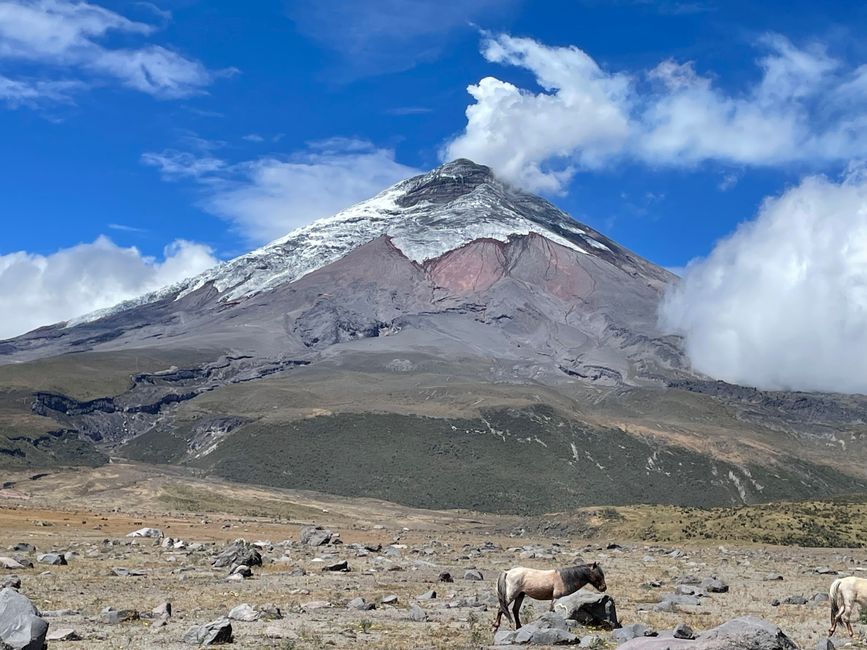
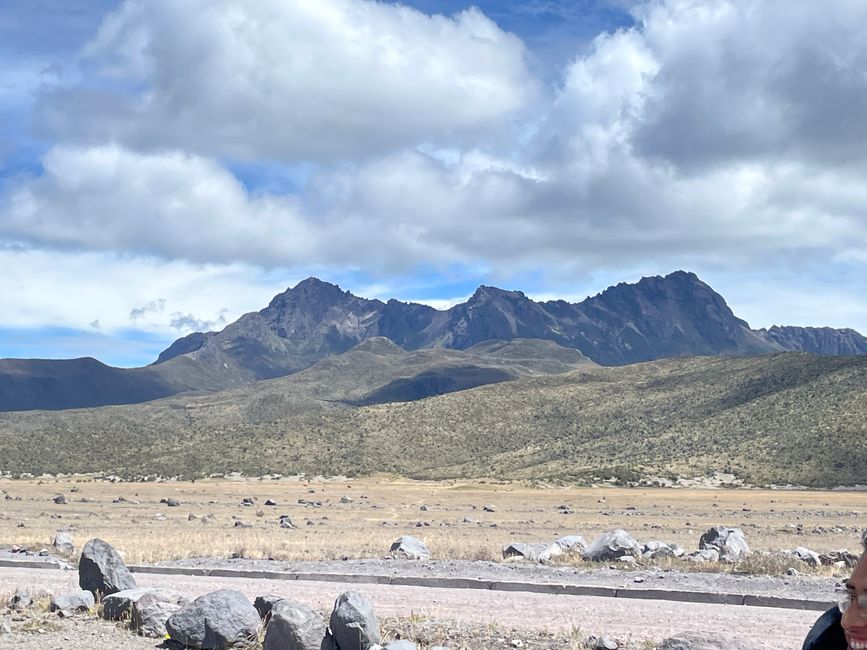
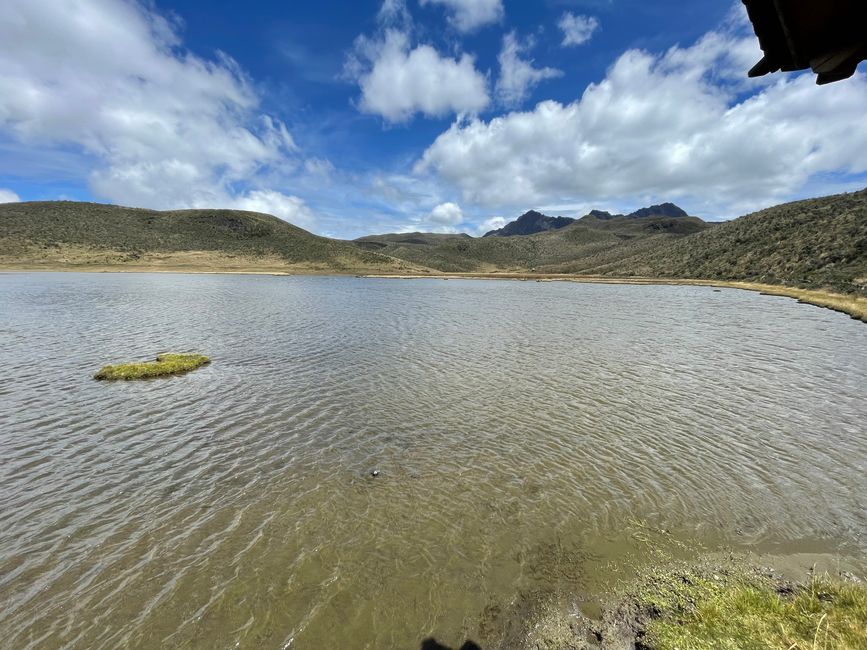
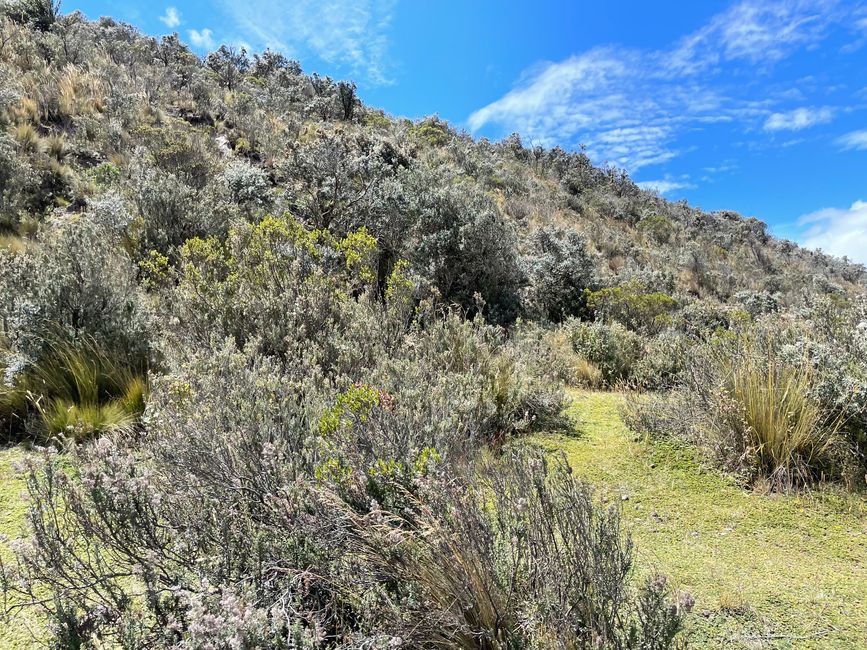
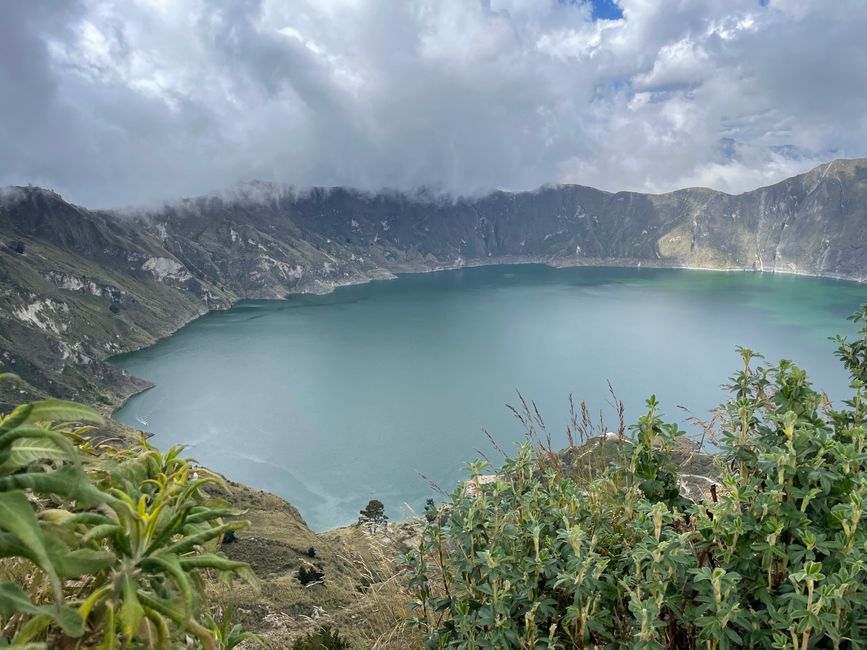
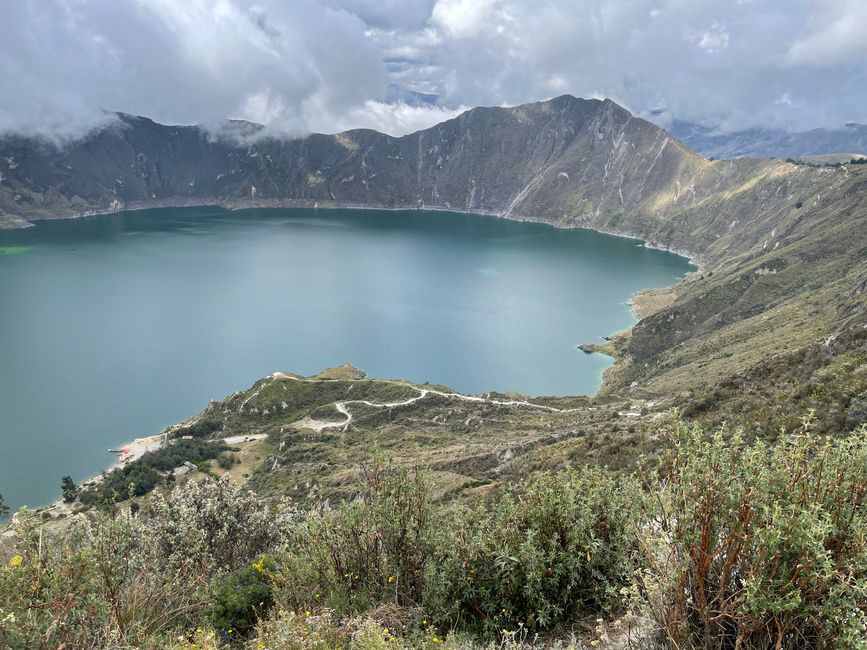
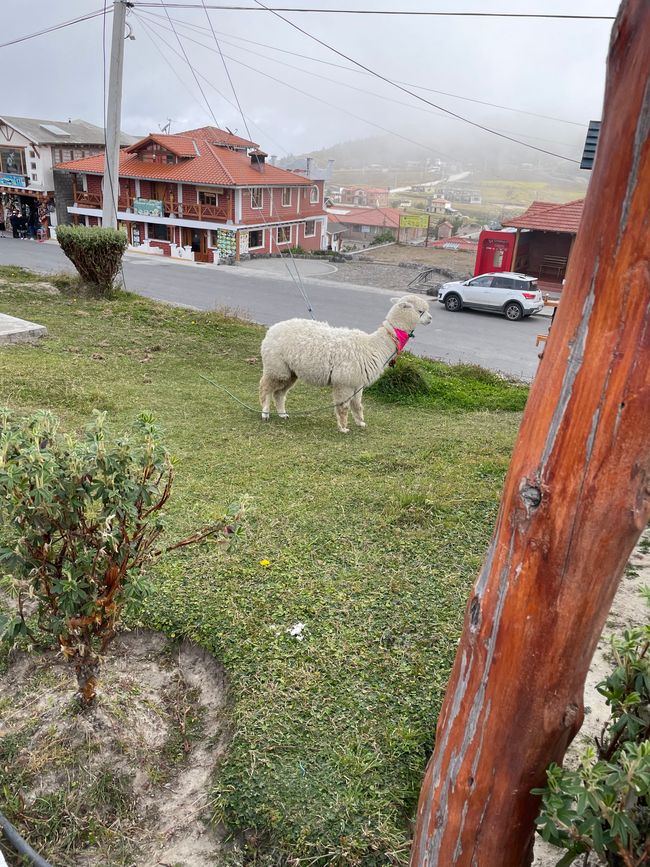
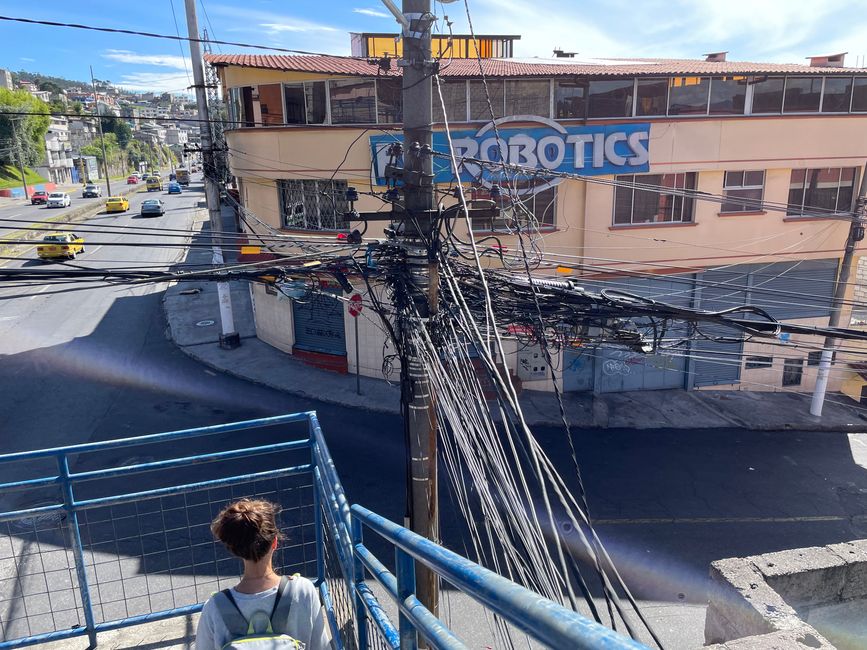
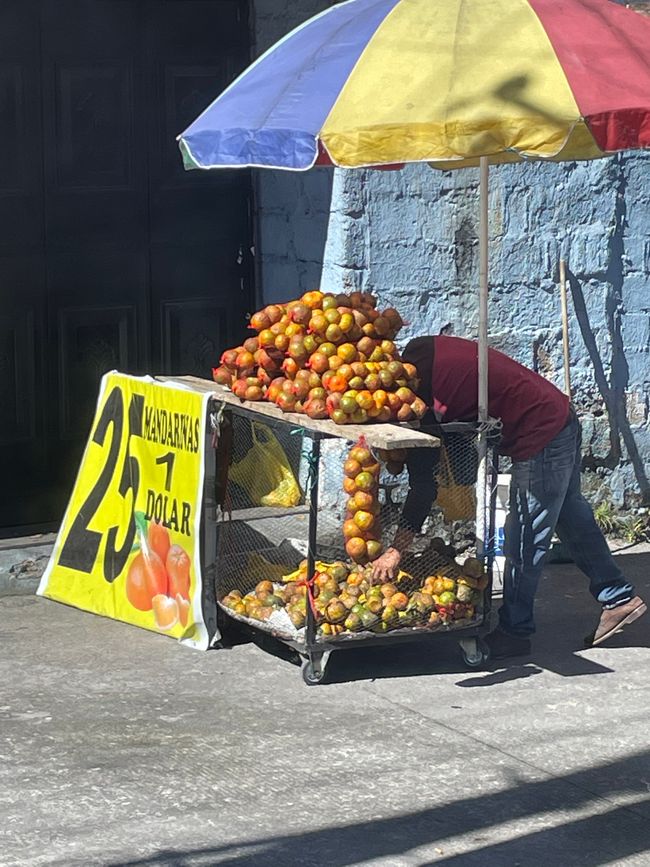
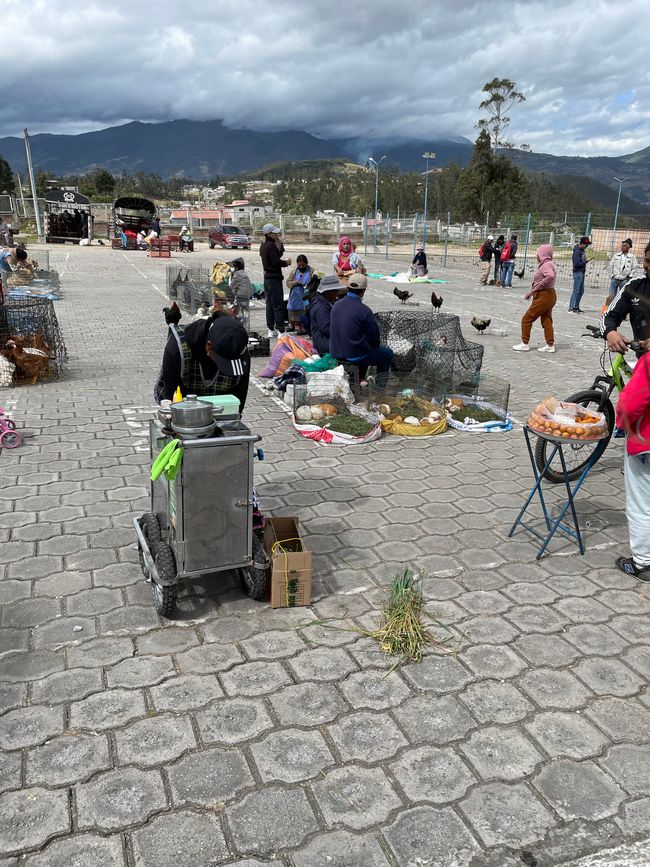
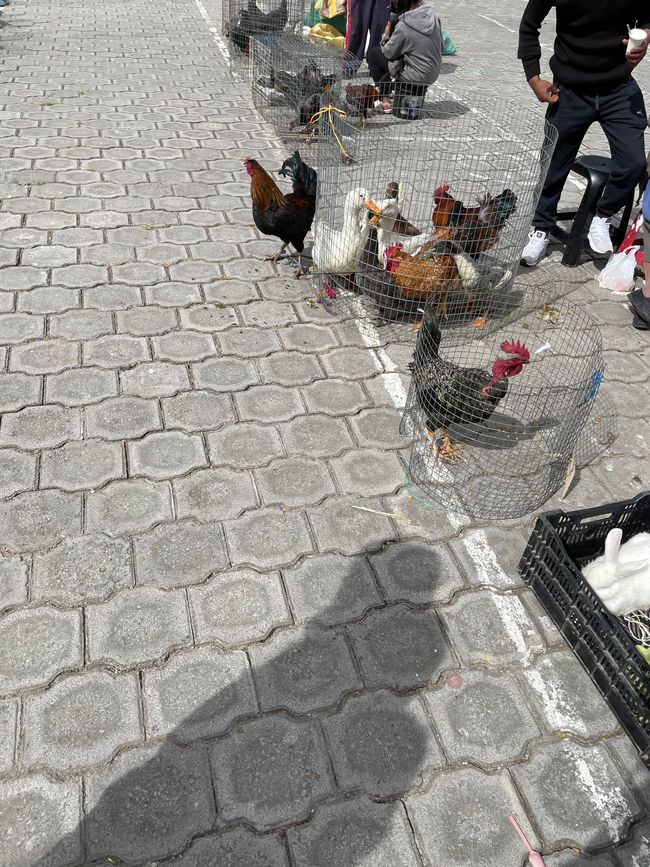
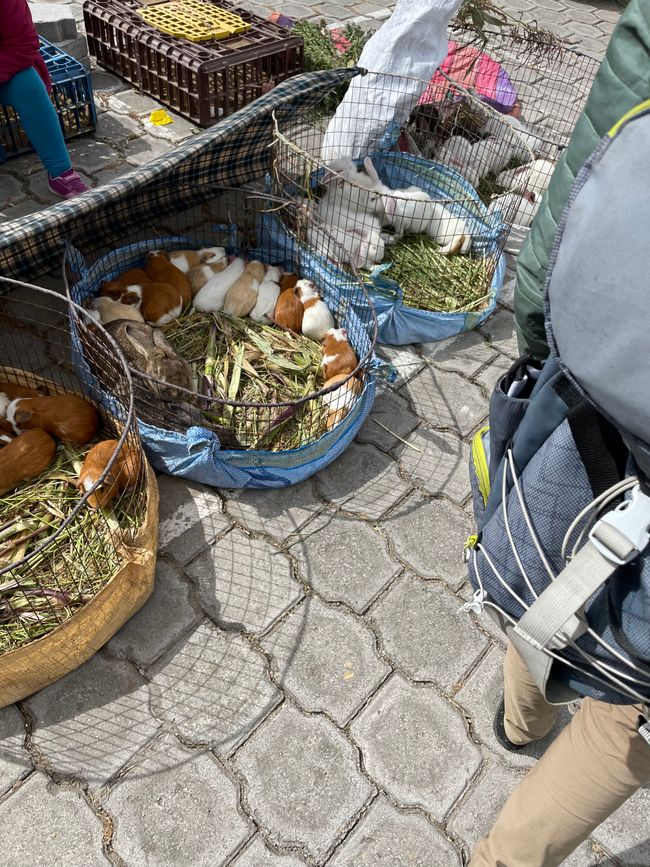
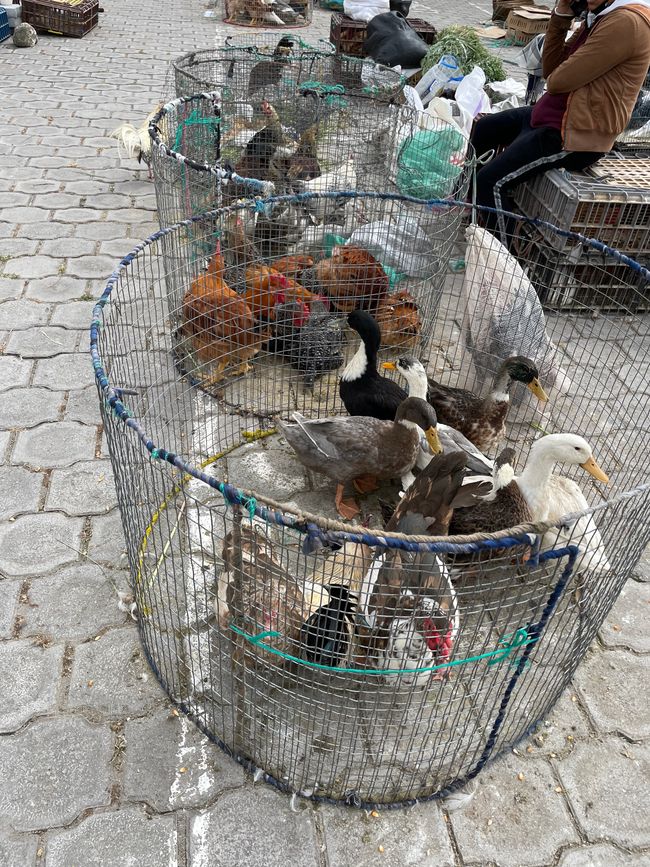
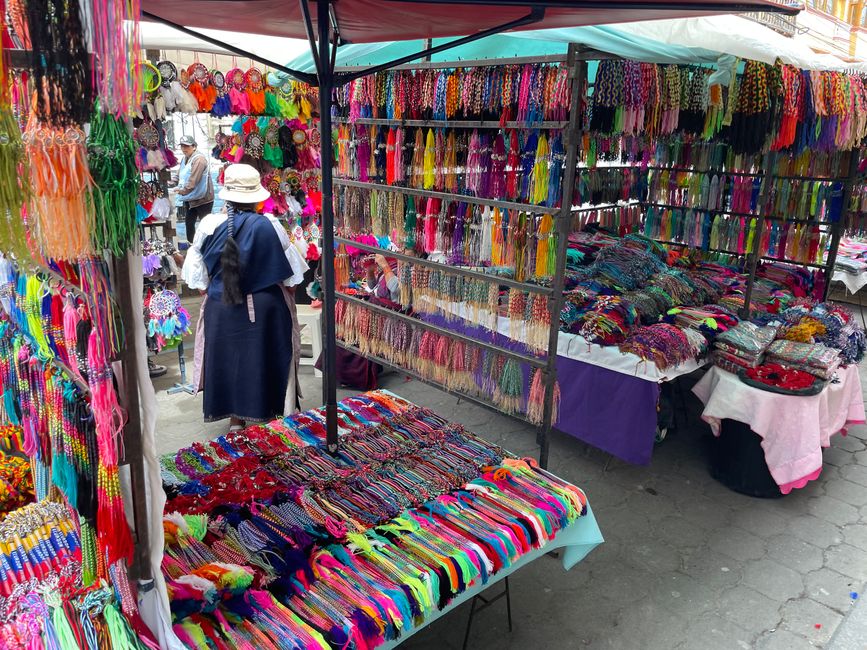
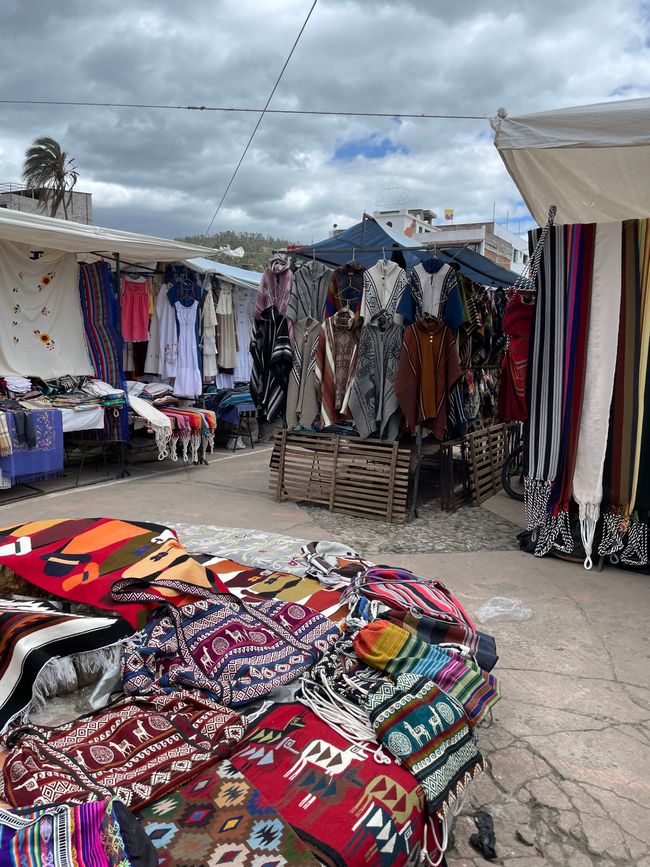
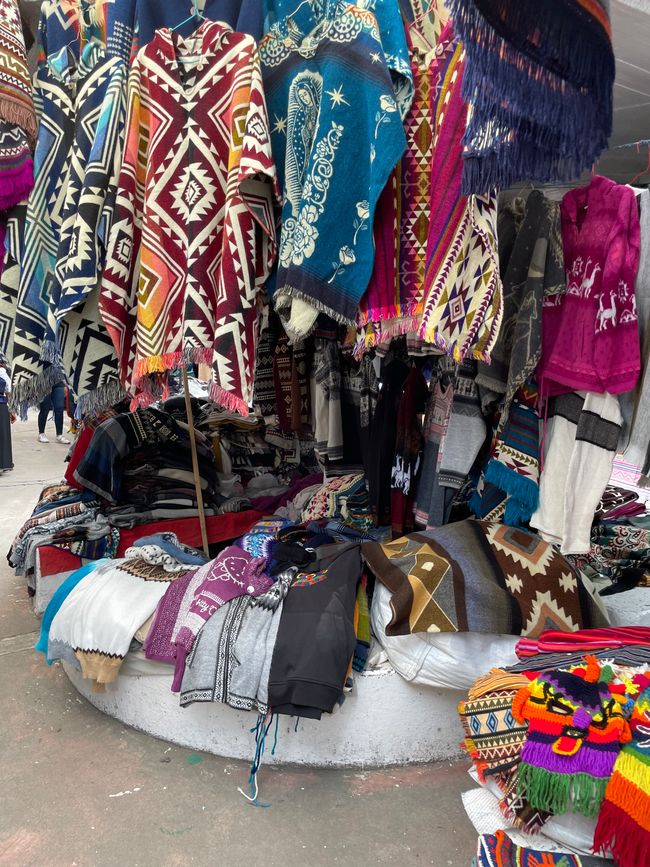
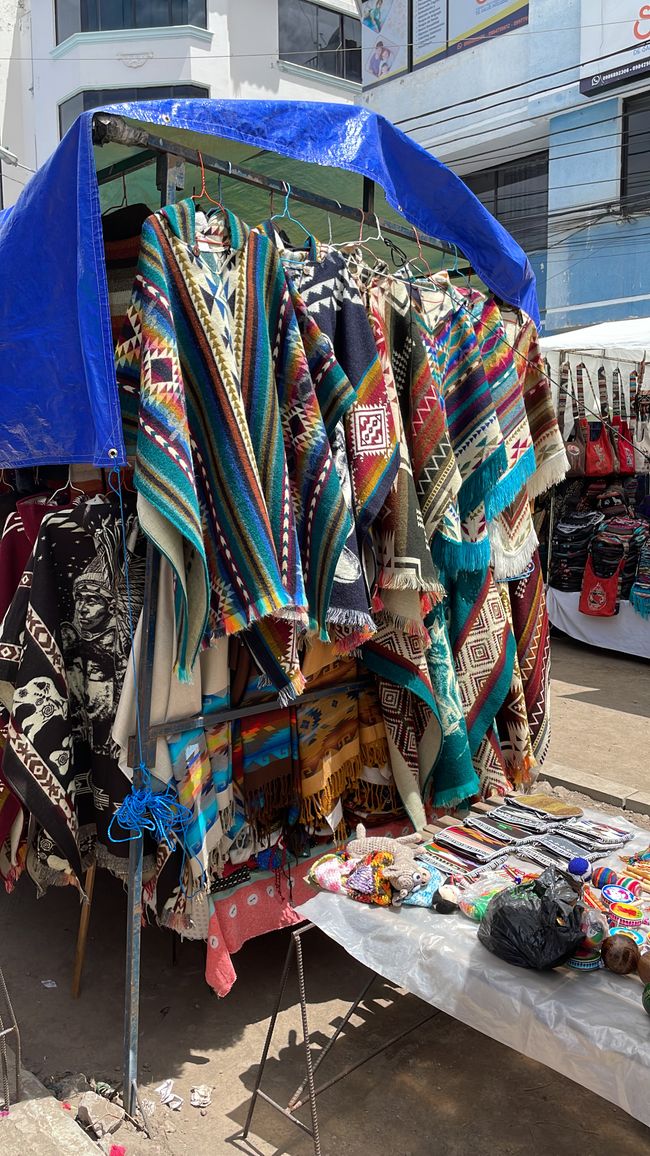
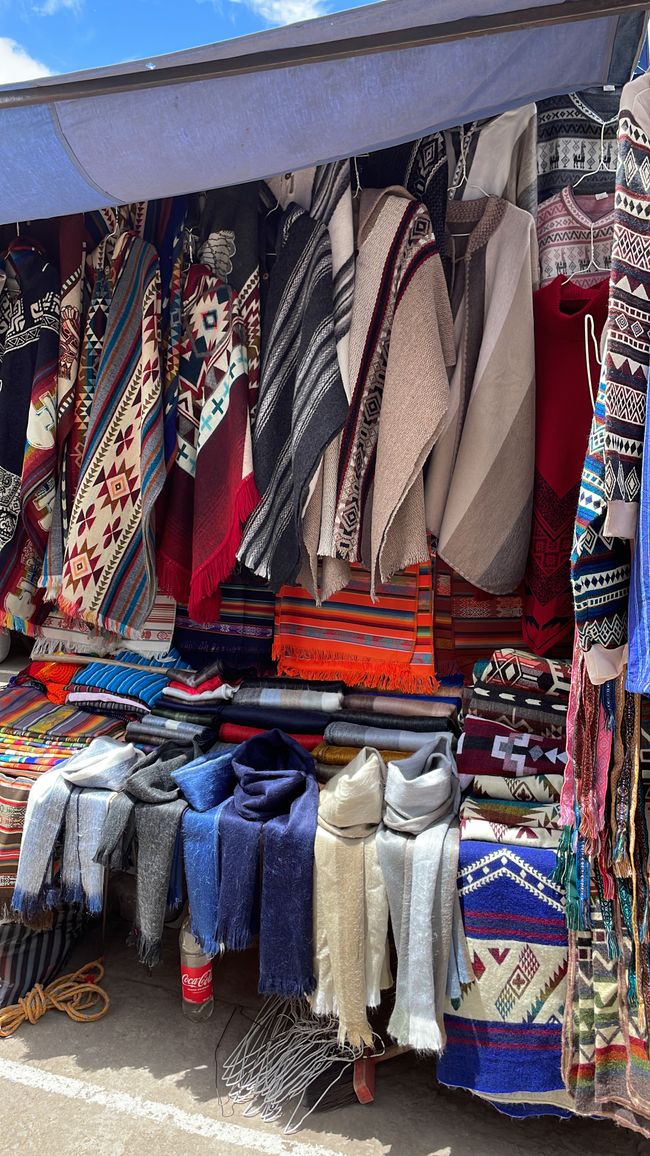
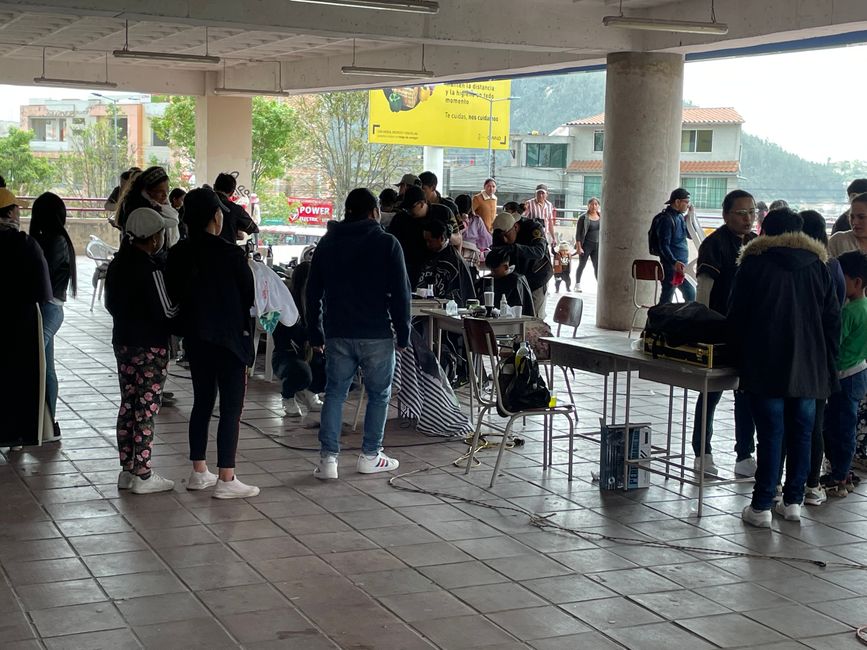
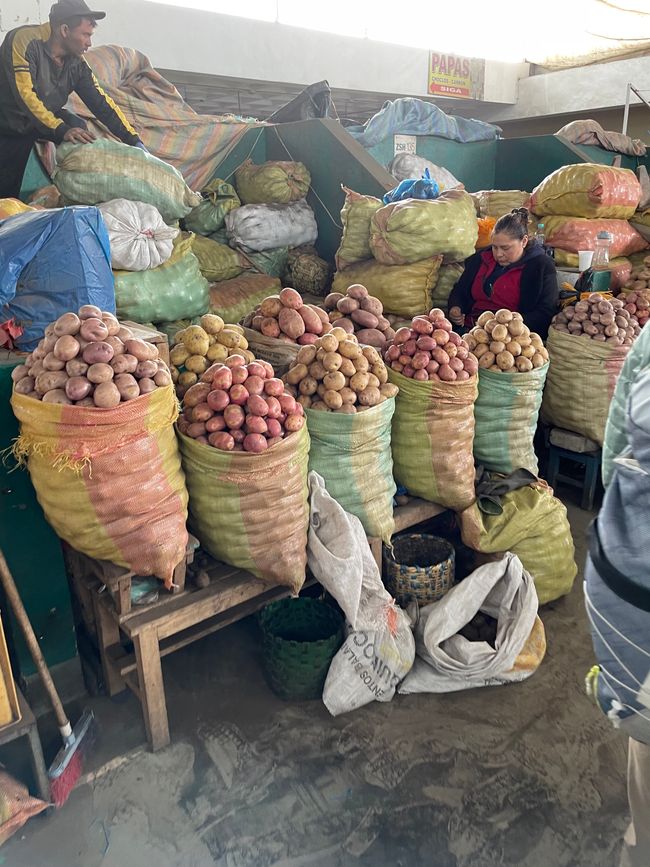
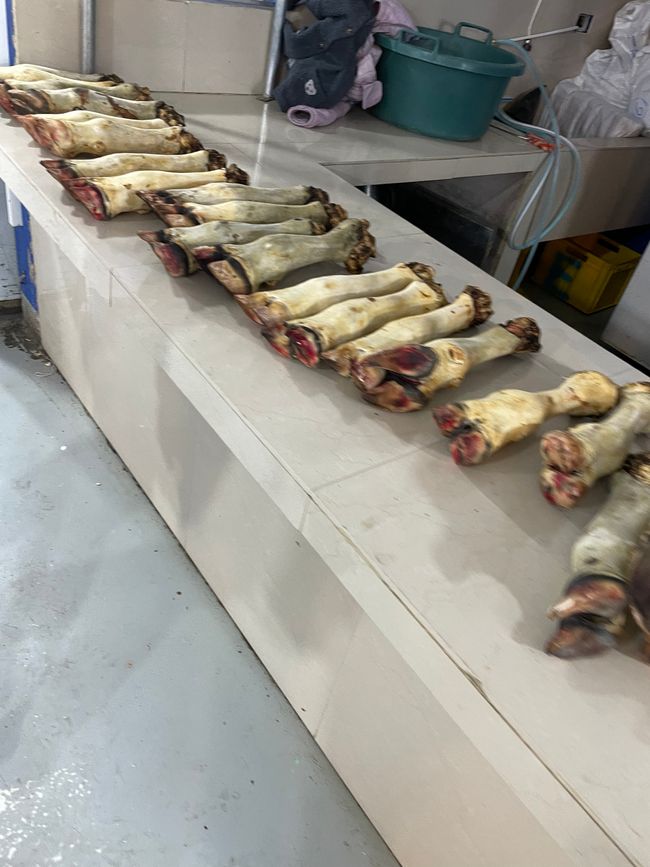
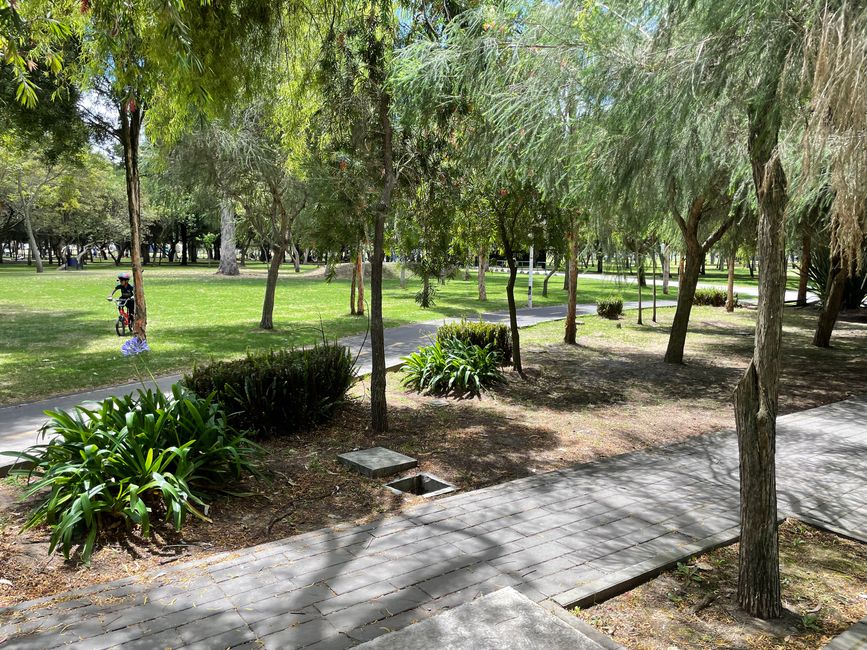
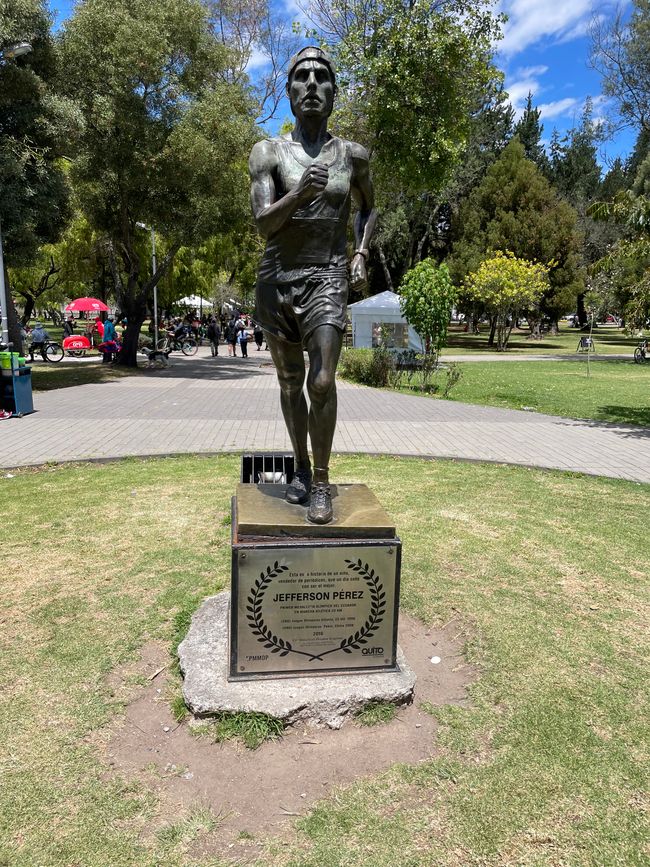
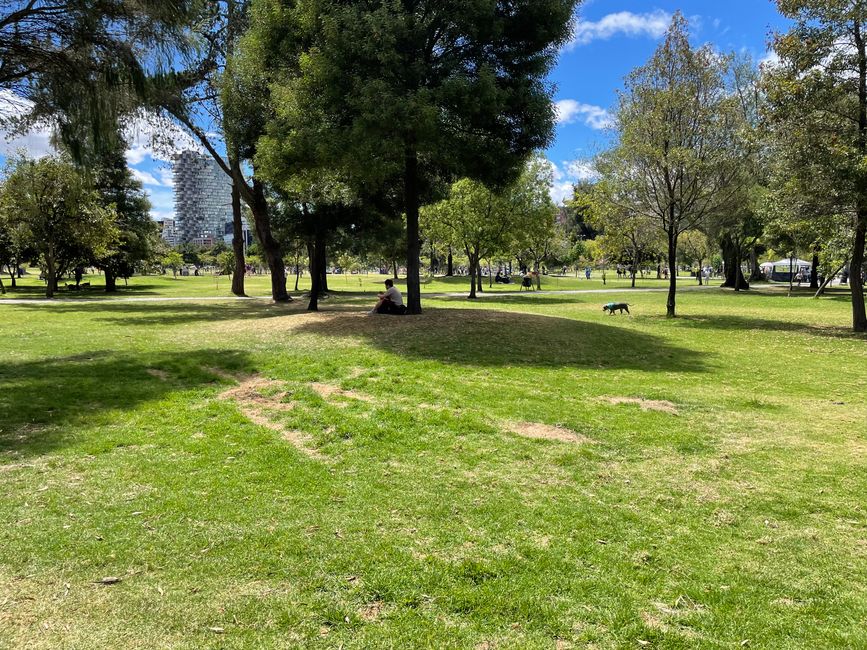
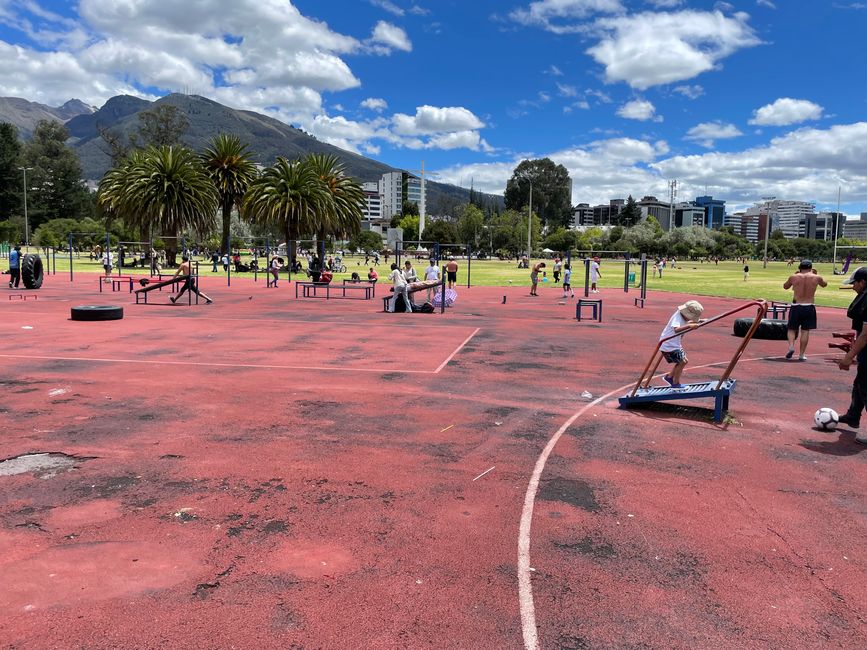
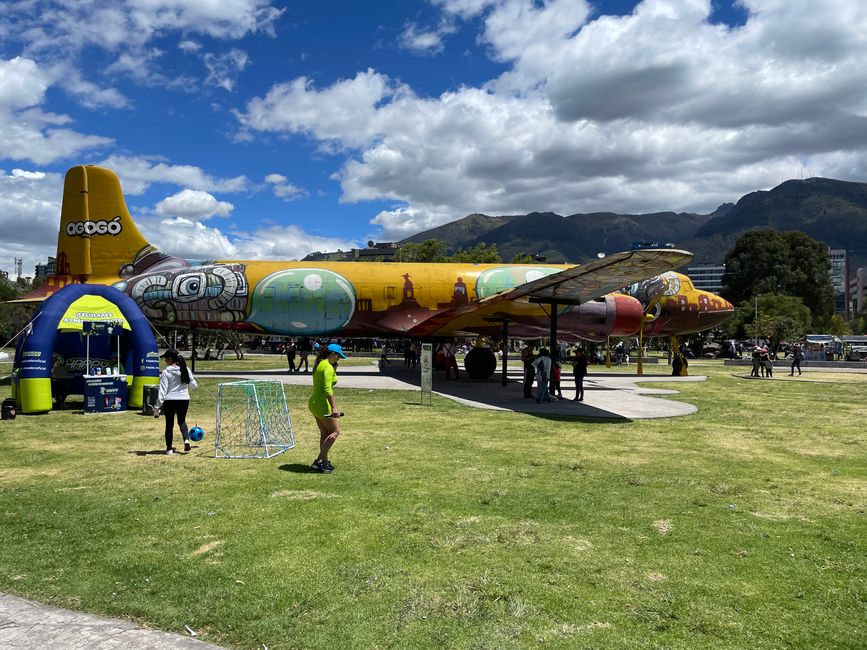
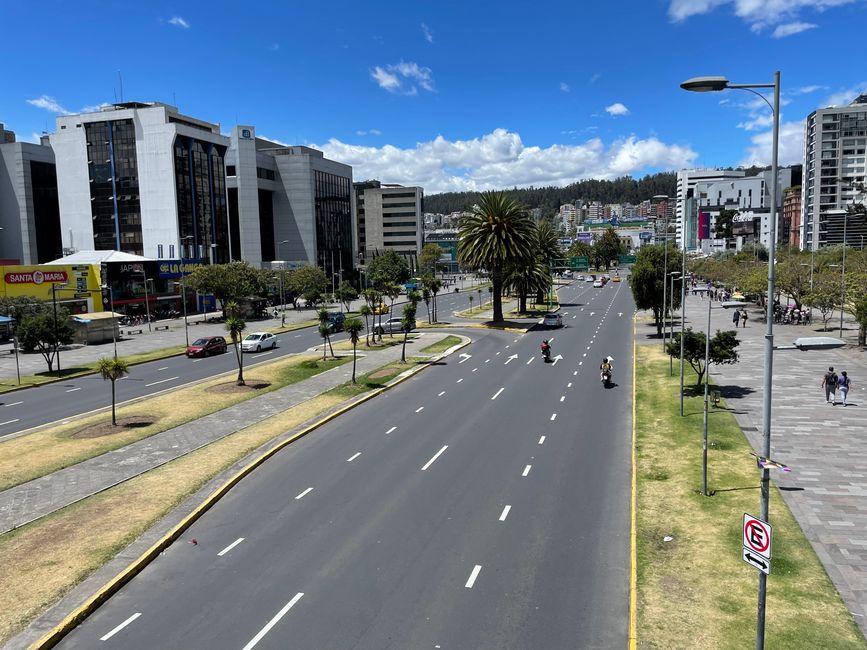
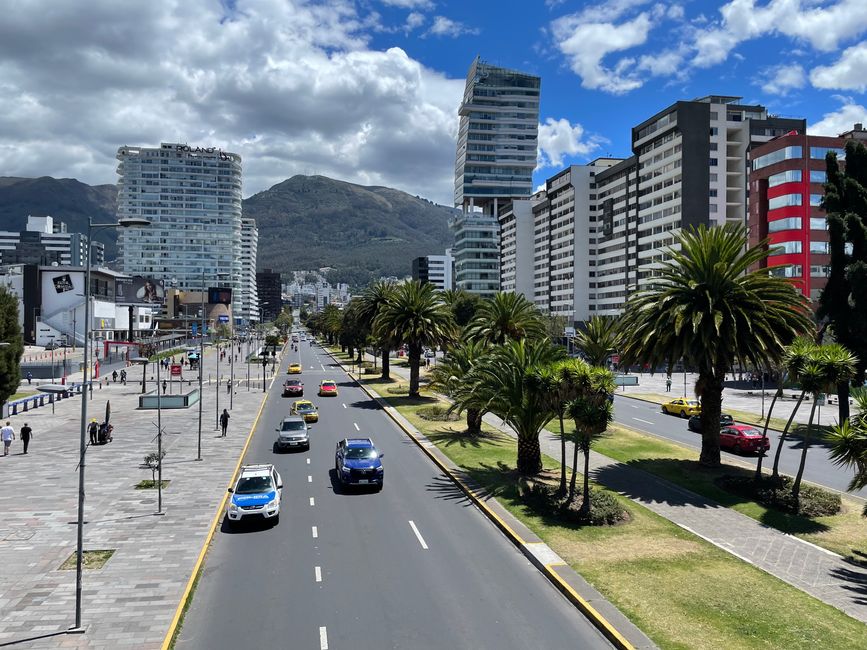
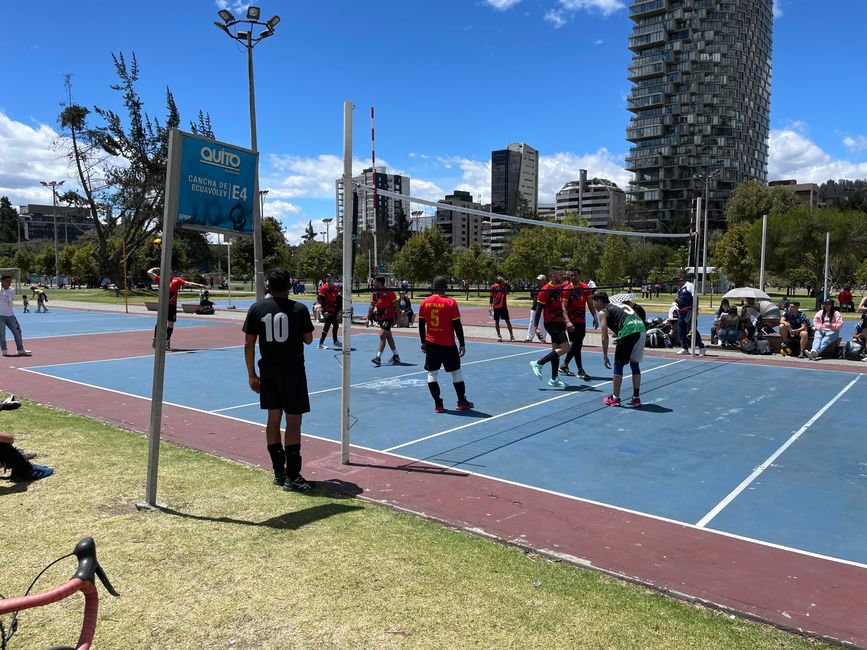
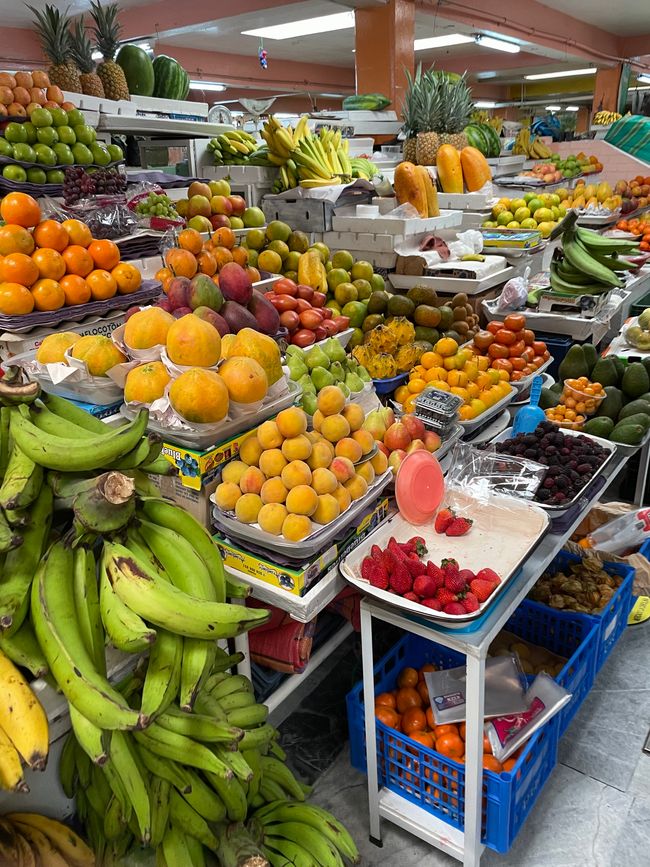
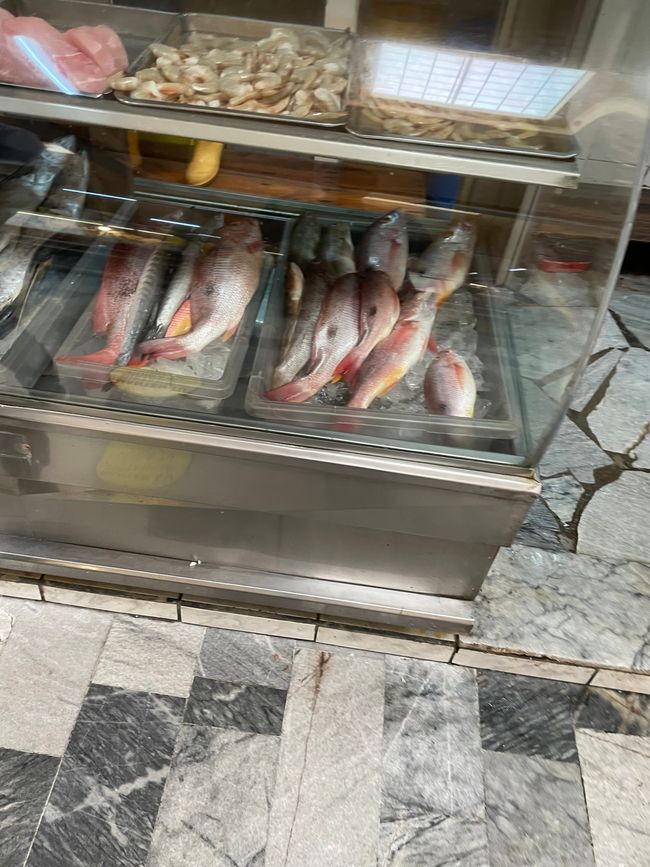
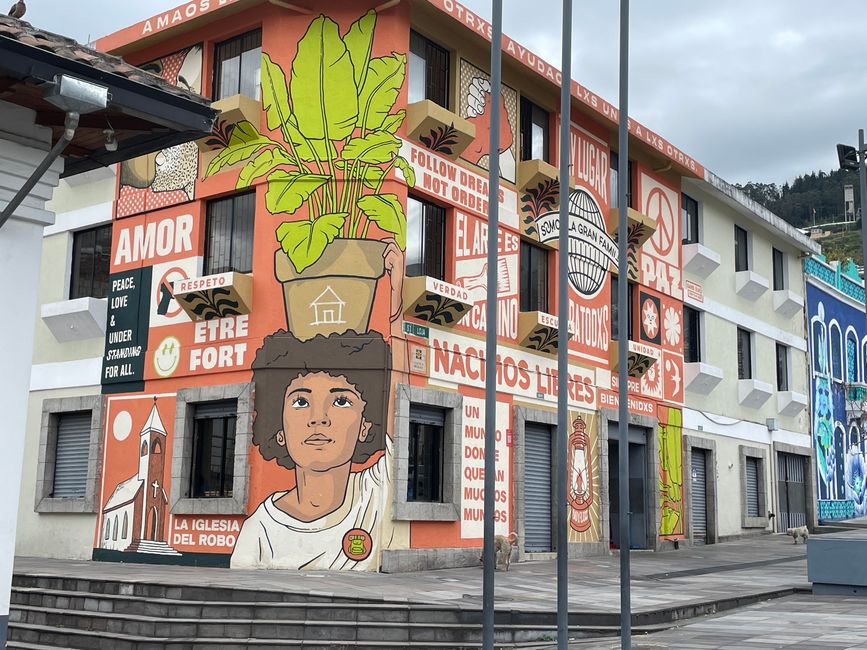
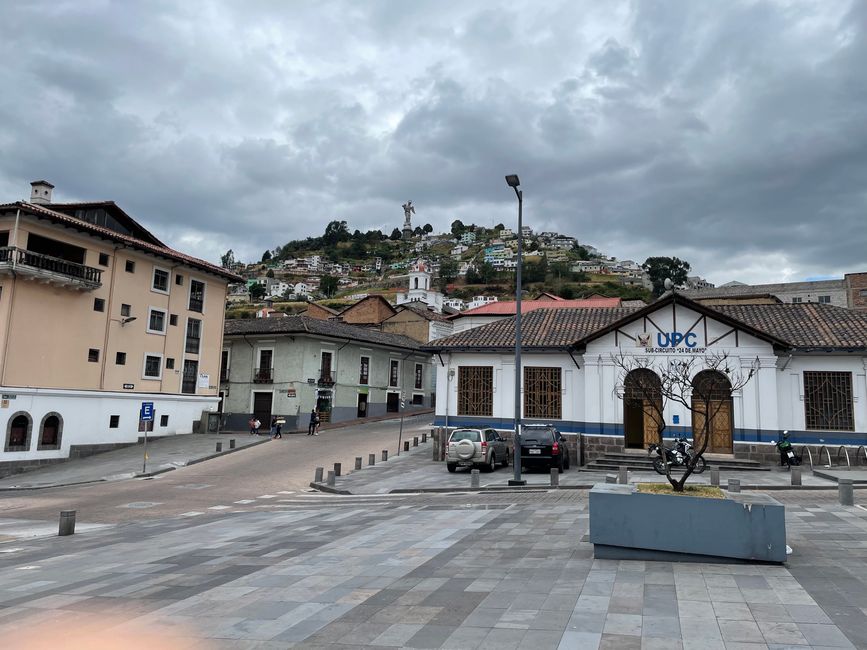
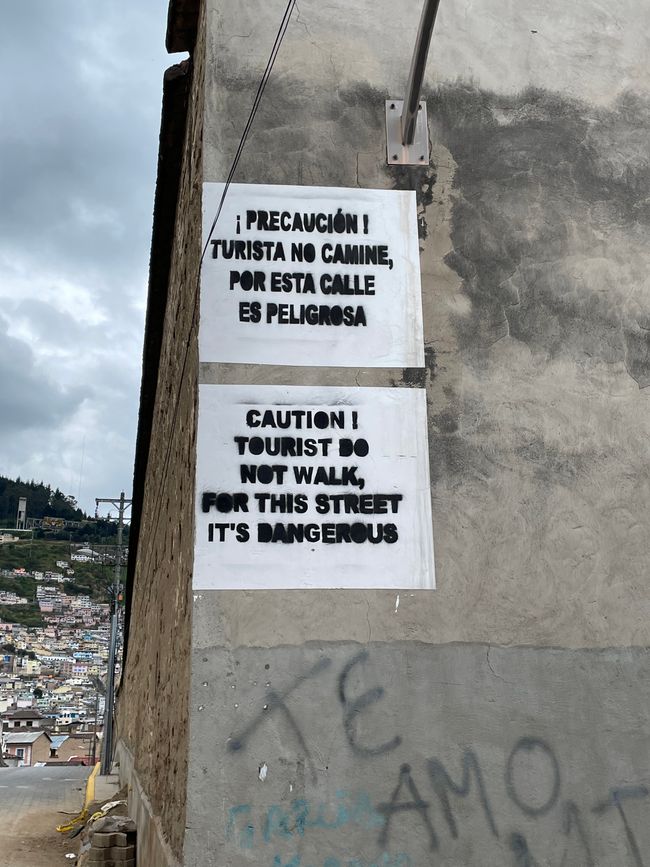
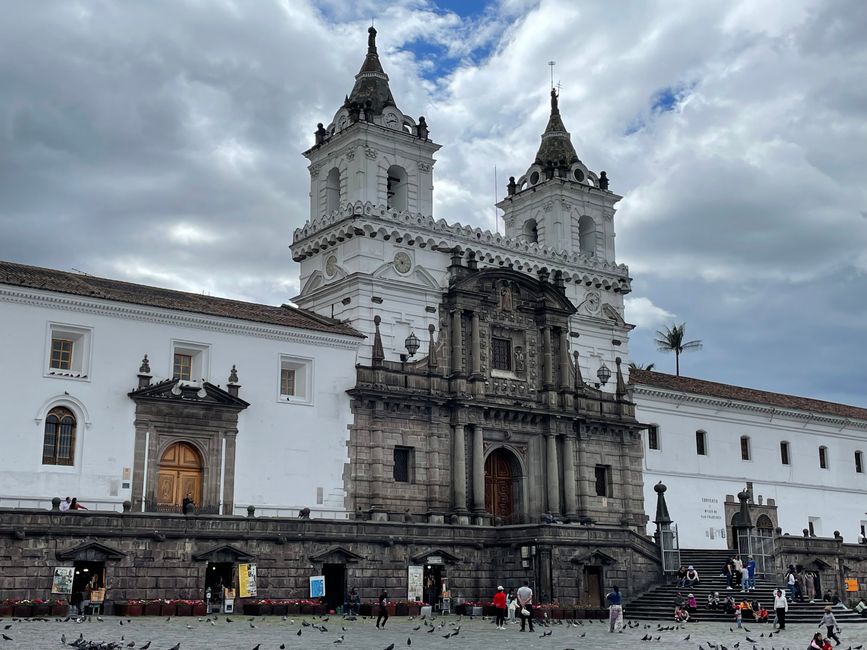
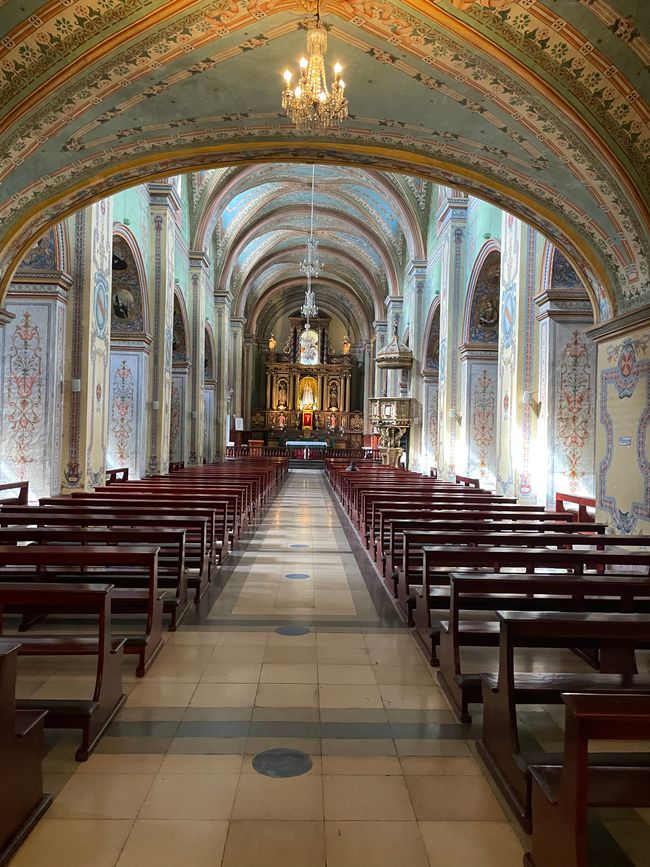
පුවත් පත්රිකාවට දායක වන්න
On July 27th we visited the Cotopaxi National Park. The Cotopaxi volcano is 5897 meters high and currently active. Quito itself is located between 2800 and 3100 meters high. Climbing the mountain is currently prohibited due to the ongoing activity, as it is dangerous. We took a bus to the national park and explored various things there. We were at an altitude of nearly 4000 meters, no problem at all. It doesn't feel too extreme because you only have to drive a half hour by bus. You just get a little more out of breath. The weather didn't seem like we would see the mountain at first, but then we just drove to the back and could admire the volcano. There are still wild horses there. Unfortunately, we didn't see any llamas or alpacas. By the way, there was also a French woman in our group. She thought it was smart to drive to the Andes at an altitude of 4000 meters in shorts and slippers. It seems like it was still a bit cold, so she bought long pants for a lot of money in the first souvenir shop.
Afterwards, we continued on a two-hour bus ride to Quilotoa, a lagoon in a volcano crater (crater lake) at an altitude of about 3900 meters above sea level. The lake has a diameter of about 3 km and you can hike around the crater ridge. Unfortunately, we couldn't do that because we didn't have enough time.
On Friday, we planned to climb Quito's local mountain. It's called Rucu Pichincha (also a volcano) and is 4696 meters high. Normally, you can do this relatively 'easily' because there is a cable car (TelefériQo) up to an altitude of about 3900 meters. Currently, this cable car is unfortunately out of service and no one knows when the technical problems will be fixed and the cable car will be running again. Therefore, we wanted to take an Uber (cheap taxi) to the mountain station at 3900 meters. As luck would have it, we got a driver with a pure electric car. I talked to him and it turned out that he only wanted to drive us to the valley station, as his battery apparently wouldn't be enough for the trip to the mountain station. Many attempts to persuade him were unsuccessful, he didn't drive us up. At least we got more than half of the money back. Afterwards, we tried to come up with a plan for the rest of the day. I talked to some taxi drivers, but they all wanted over $25 for a one-way trip (only uphill), which was too expensive for us. By now it was also a bit too late, and we abandoned the plan. Therefore, we took the bus to the next major terminal to plan our further tours.
So on Saturday, July 29th, we went to Otavalo. It is a two-hour bus ride from Quito (cost: $3) and is home to one of the largest clothing markets in South America. Here you can find ponchos, sweaters, t-shirts, jackets, shirts, pants, gloves, hats, socks, bags, pouches, scarves, tablecloths, and basically anything you can think of. There is also a lot of junk and of course, a market with meat, fruits, and vegetables, as is usual in South America. There is also a market where live animals are sold (pigs, cows, horses, and a lot of small animals, especially guinea pigs), but we arrived too late for that. Guinea pigs are not kept here as pets, but are one of the national dishes.
On the 30th, we visited more of Quito. Among other things, the Parque La Carolina, Caro's namesake park. The park is very well laid out, there are many sports facilities (volleyball, football, tennis, crossfit, athletic track), a lot of green space, many playgrounds, and much more. Of course, there are also many sellers who sell their goods cheaply. Afterwards, we went to the Mercado Iñaquito, which is also a more or less ordinary South American market. In the food section, people more or less drag you into the restaurants with their hands and feet so that you definitely eat there. But basically, everything is the same everywhere...
On the 31st, we actually wanted to visit the 'Virgen del Panecillo', literally the 'Virgin of the Bun' in Quito. It is located on a hill that is said to resemble a bun in shape. We took the bus, which according to the schedule (allegedly) should go to the foot of the hill and then we wanted to walk up. As with buses in Quito, it didn't stick to its schedule (or Google showed something wrong) and we ended up somewhere else. We couldn't ask because the ticket collector on the bus was too busy soliciting passengers. We were definitely in the wrong place and far from where we wanted to go. So we went to eat first. In Quito, there are many 'stores' where you can eat very cheaply. The moms/grandmas cook here for the family, but usually more than is needed. There is usually a small shop attached to the house where the food is simply sold to others. There was an appetizer, main course, and drink for $2 (all together, not per dish). Afterwards, we walked on and eventually arrived at the foot of the Panecillo and started climbing the stairs. Signs warned us not to go up here because it is very dangerous. Afterwards, locals and a security guard from a nearby residential building more or less forcefully warned us not to continue on, as we would most likely be robbed. So turn around, look for another way. The only other way led through a neighborhood in Quito where we didn't want to walk through, as we had narrowly escaped a very unpleasant situation at the entrance to the neighborhood. We didn't want to take a taxi either, so we let the Virgin be a virgin and walked around the city a bit more.
On August 1st, we will continue to Riobamba, a place about four hours south of Quito by bus.
පුවත් පත්රිකාවට දායක වන්න
පිළිතුර
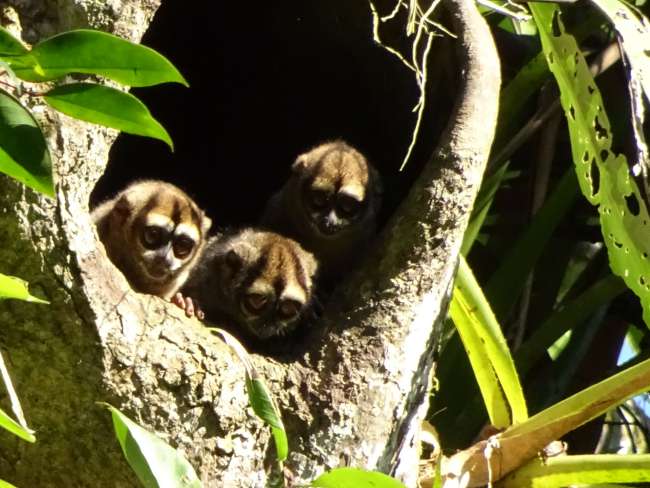
සංචාරක වාර්තා ඉක්වදෝරය
